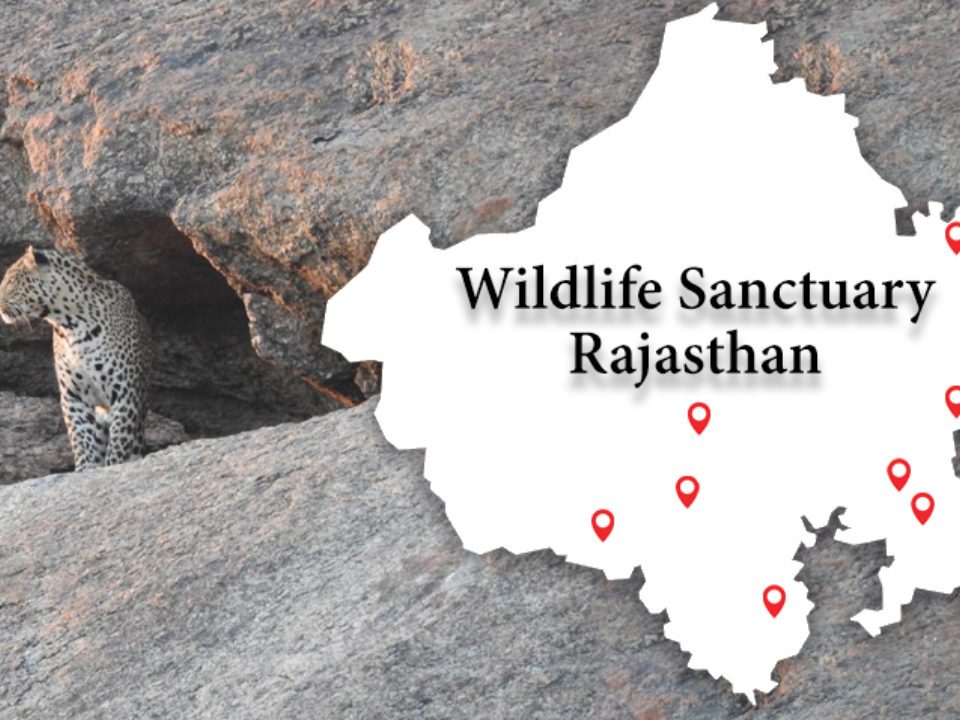Exploring Cultural Marvels: World Heritage Sites in Rajasthan
Introduction
Rajasthan, a jewel in India’s cultural crown, proudly hosts an array of UNESCO World Heritage Sites that narrate tales of valor, architectural brilliance, and the coexistence of history with nature. In this comprehensive exploration, we delve into the heart of Rajasthan’s heritage, emphasizing the significance of its World Heritage Sites and shedding light on the unique blend of history and culture that defines this region.
1. Jaisalmer Fort: A Golden Testament to Rajasthan’s Heritage
Overview
Undoubtedly one of the most iconic heritage sites in Rajasthan, Jaisalmer Fort stands majestically on the Trikuta Hill, its golden walls shimmering in the desert sunlight. This UNESCO World Heritage Site encapsulates the essence of Rajasthan’s heritage, showcasing intricate architecture and timeless tales.
Historical Significance
Constructed in the 12th century, Jaisalmer Fort served as a strategic outpost along the Silk Route, reflecting the historical and cultural exchanges that occurred in the region. The fort, with its ornate carvings and majestic gates, is a living testament to the rich heritage of Rajasthan.
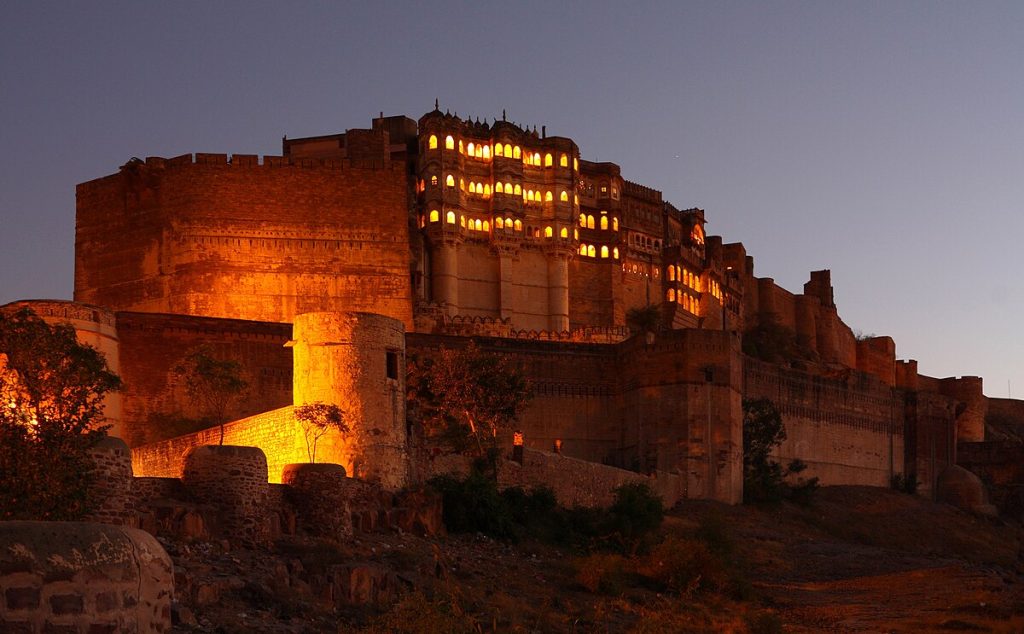
2. Jantar Mantar: Rajasthan’s Astronomical Heritage
Overview
Jantar Mantar, nestled in the heart of Jaipur, is a celestial playground that marries science with art. As one of the UNESCO sites in Rajasthan, this astronomical observatory crafted by Maharaja Sawai Jai Singh II showcases the intellectual and scientific prowess of the region.
Historical Significance
Declared a UNESCO World Heritage Site in 2010, Jantar Mantar houses a collection of 19 architectural instruments, each meticulously designed for specific astronomical calculations. Rajasthan’s heritage extends beyond its forts and palaces to include advancements in astronomy, making Jantar Mantar a testament to the multifaceted cultural legacy of the state.
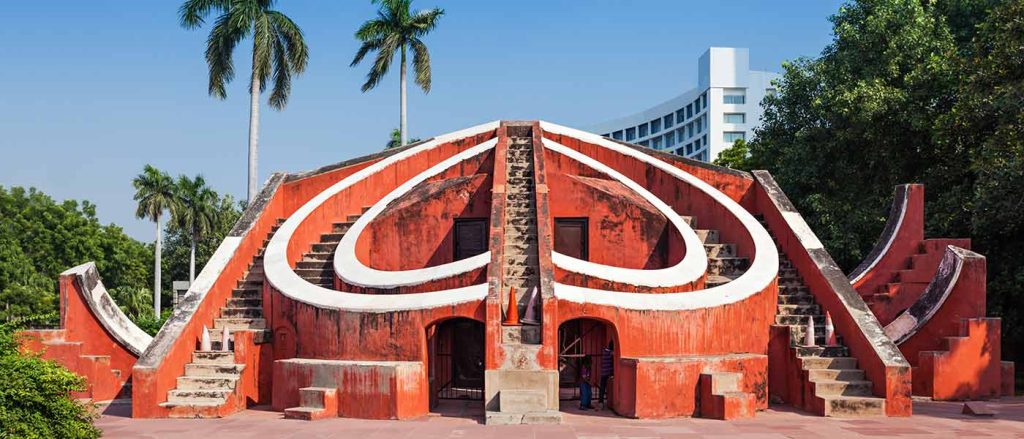
3. Chittorgarh Fort: Echoes of Rajasthan’s Glorious Past
Overview
Perched atop a hill, Chittorgarh Fort narrates the saga of Rajput valor and sacrifice. Spanning 700 acres, it stands as a colossal reminder of Rajasthan’s rich and tumultuous history.
Historical Significance
As one of the prominent UNESCO World Heritage Sites in Rajasthan, Chittorgarh Fort has witnessed numerous battles and serves as a symbol of resistance. The intricate architecture of palaces, temples, and towers within the fort unfolds the pages of Rajasthan’s heritage, reflecting the resilience and grandeur of the Rajputs.
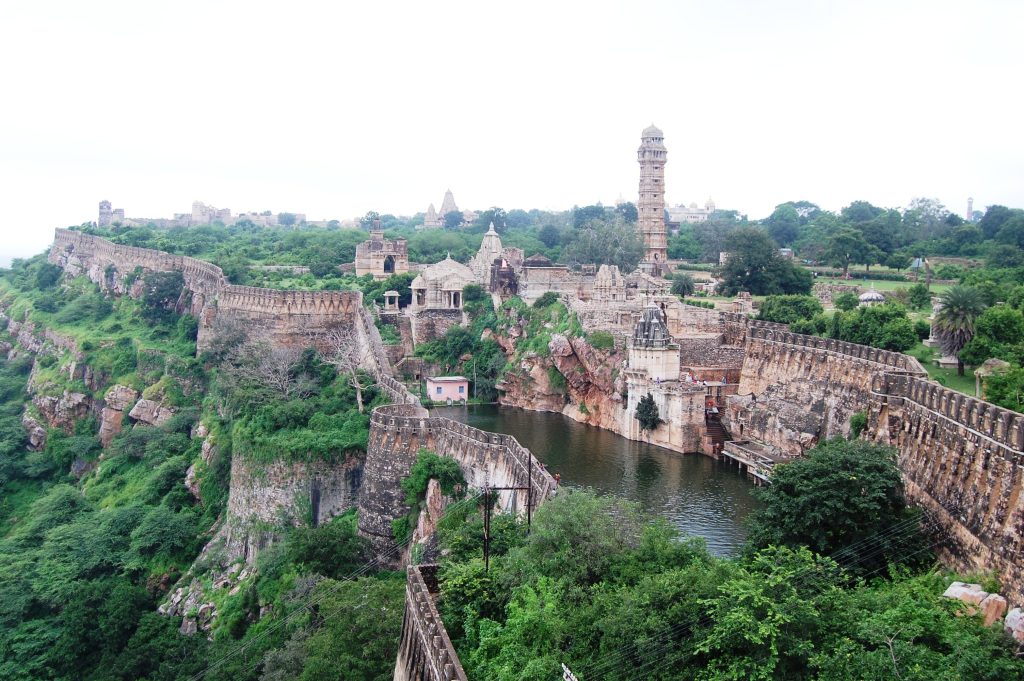
4. Amber Fort: Fusion of Rajput and Mughal Heritage
Overview
Amber Fort, located just outside Jaipur, seamlessly blends Rajput and Mughal architectural styles, creating a visual masterpiece. Recognized as a UNESCO World Heritage Sites in Rajasthan, Amber Fort stands as a testament to the harmonious coexistence of different cultural influences in Rajasthan.
Historical Significance
Built in the 16th century, Amber Fort served as the ancient capital of the Kachwaha Rajputs. The fort’s intricate design, featuring mirrored ceilings, artistic frescoes, and grand halls, showcases the opulence and cultural synthesis that define Rajasthan’s heritage.
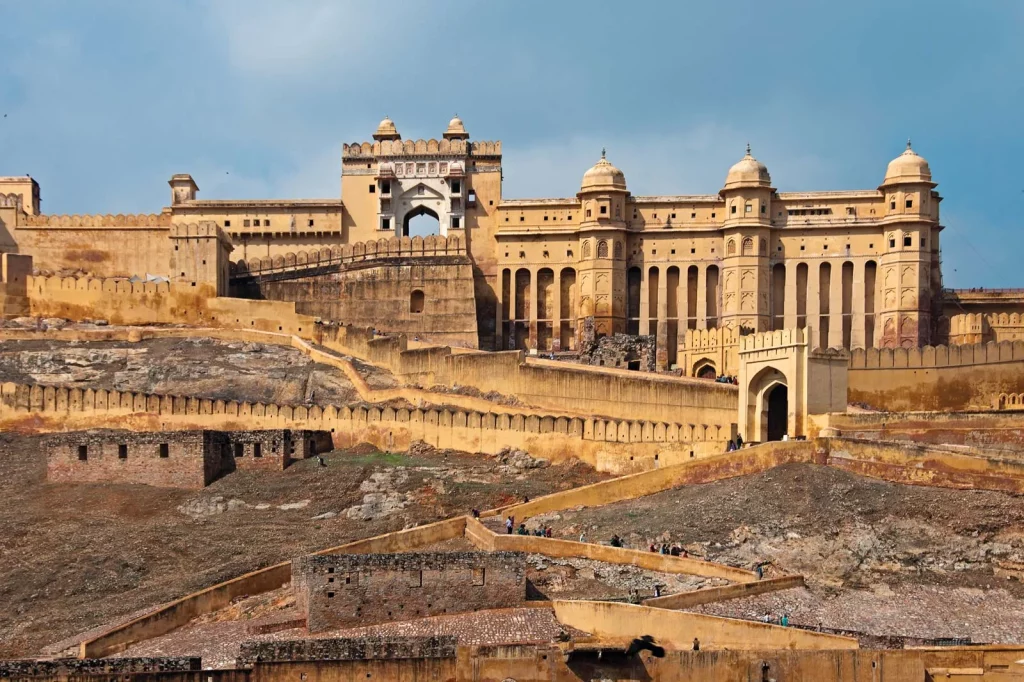
5. Ranthambore Fort: Where Nature and Heritage Converge
Overview
Nestled within Ranthambore National Park, Ranthambore Fort offers a unique blend of wildlife and heritage. This UNESCO World Heritage Site highlights Rajasthan’s commitment to preserving not only its historical treasures but also its natural ecosystems.
Historical Significance
Dating back to the 10th century, Ranthambore Fort has witnessed centuries of history. Its strategic location and symbiotic relationship with the surrounding wildlife showcase Rajasthan’s heritage in a holistic manner, where the fort seamlessly integrates with the natural beauty of its surroundings.
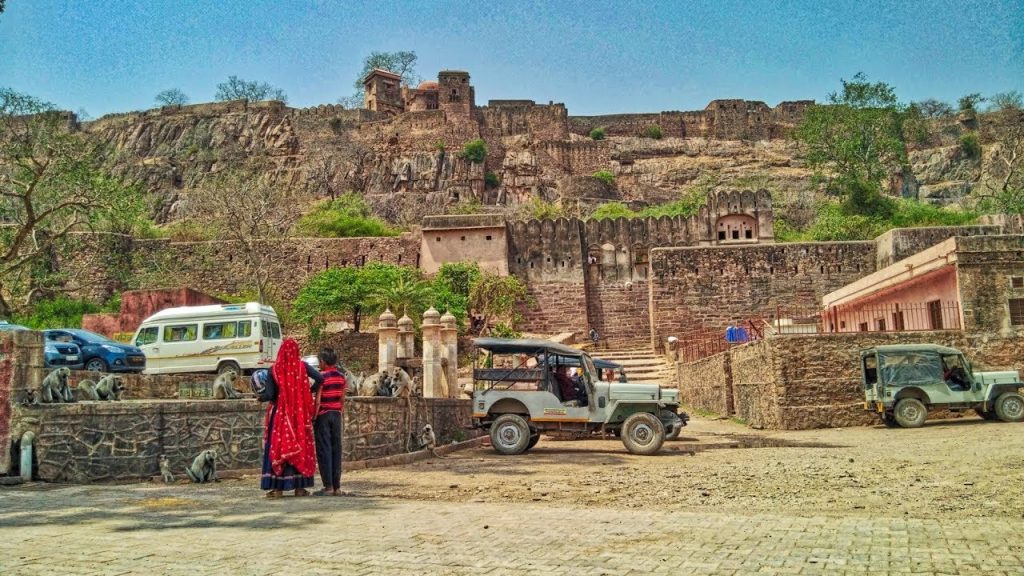
6. Kumbhalgarh Fort: The Great Wall of India in Rajasthan
Overview
Kumbhalgarh Fort, adorned with the title of the “Great Wall of India,” is a colossal structure in the Aravalli Range. Recognized by UNESCO, it symbolizes the military might and architectural brilliance of Rajasthan.
Historical Significance
Built in the 15th century, Kumbhalgarh Fort served as the birthplace of Maharana Pratap. The expansive wall, stretching over 36 kilometers, echoes the grandeur and determination of the Mewar kingdom, contributing significantly to Rajasthan’s heritage.
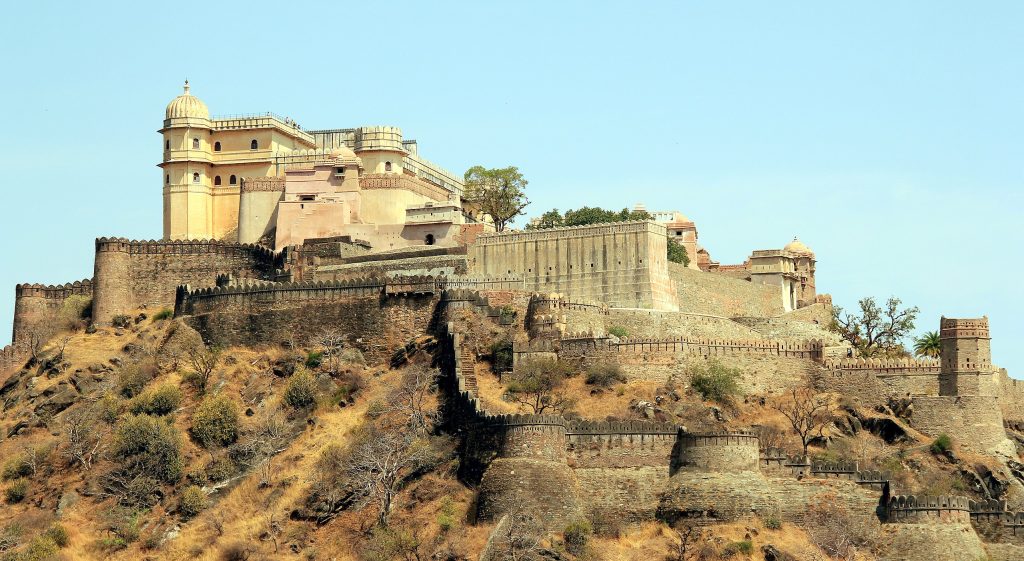
7. Gagron Fort: A Cultural Confluence in Rajasthan
Overview
Gagron Fort, situated at the confluence of rivers Ahu and Kali Sindh, is a unique water fort that showcases the syncretic cultural heritage of Rajasthan. Recognized by UNESCO, it stands as a testament to the confluence of Hindu, Islamic, and Jain influences.
Historical Significance
Dating back to the 12th century, Gagron Fort’s strategic location and architectural diversity make it a living representation of Rajasthan’s heritage. The fort’s unique blend of cultural elements emphasizes the inclusive and diverse history of the region.
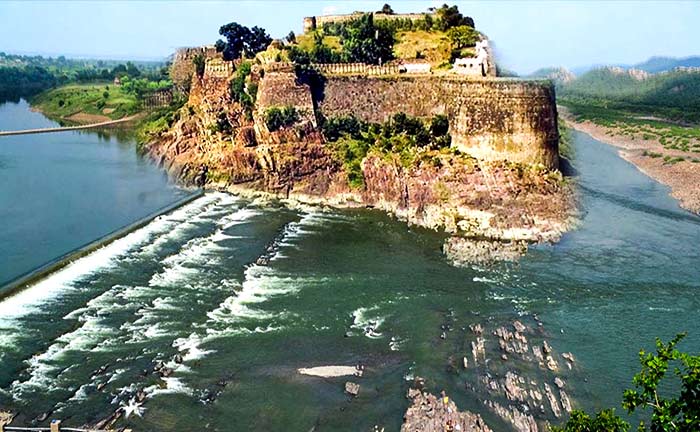
8. Keoladeo National Park: Biodiversity Amidst Rajasthan’s Heritage
Overview
Formerly known as Bharatpur Bird Sanctuary, Keoladeo National Park is a biodiversity hotspot that complements Rajasthan’s cultural heritage. Recognized by UNESCO, it showcases the state’s commitment to preserving its natural treasures.
Historical Significance
Once a hunting ground for the Maharajas of Bharatpur, the park has transformed into a sanctuary for migratory birds. Keoladeo National Park exemplifies Rajasthan’s heritage not only in terms of historical monuments but also in its commitment to environmental conservation.
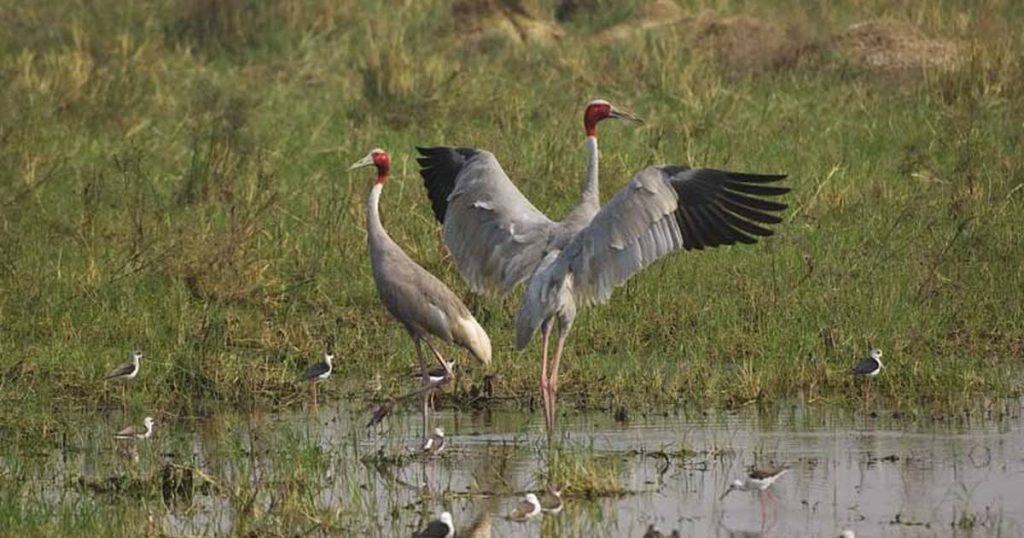
9. The City of Jaipur: Rajasthan’s Living Heritage
Overview
The City of Jaipur, Rajasthan’s capital, is a living canvas that reflects the state’s vibrant heritage. Recognized as a UNESCO World Heritage Site in 2019, Jaipur’s urban planning and architectural brilliance contribute to the dynamic legacy of Rajasthan.
Historical Significance
Founded in 1727 by Maharaja Sawai Jai Singh II, Jaipur showcases a harmonious blend of tradition and modernity. The Hawa Mahal, City Palace, and Jantar Mantar are architectural marvels that contribute to Jaipur’s status as a living heritage site, ensuring that Rajasthan’s cultural legacy continues to thrive.

Conclusion: Nurturing Rajasthan’s World Heritage Sites
In conclusion, the World Heritage Sites in Rajasthan, managed by dedicated tour operators in Rajasthan, stand as architectural marvels and historical landmarks. Beyond recognition, these sites embody a responsibility to preserve and celebrate the region’s cultural tapestry. As we explore with tour operators, we contribute to Rajasthan’s ongoing heritage narrative, ensuring its timeless stories captivate and inspire generations. These World Heritage Sites aren’t frozen in the past; they are vibrant chapters in the ongoing story of cultural resilience, preservation, and the expertise of tour operators in Rajasthan.



